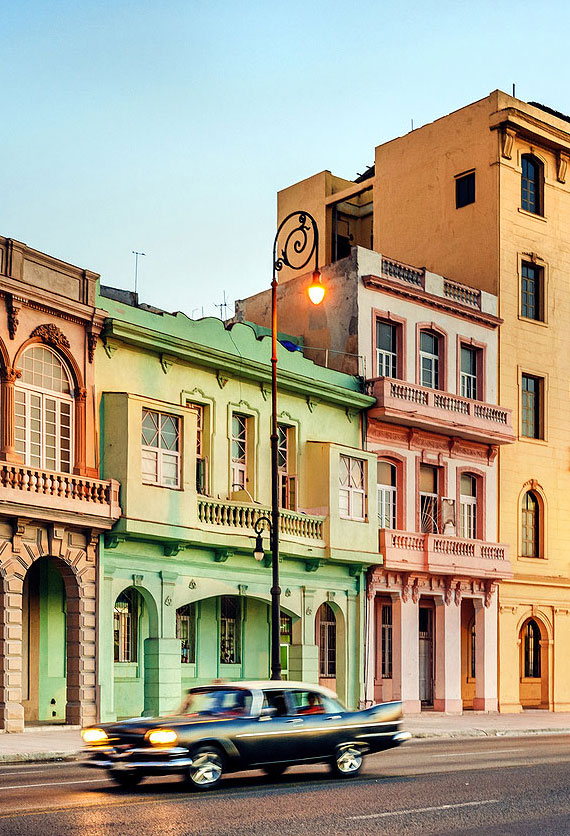The Caribbean has long been a popular destination for travelers, but have you ever wondering what the largest Caribbean island is? Lying southeast of the Gulf of Mexico and the North American mainland, this region includes over 7,000 islands, reefs, and cays, as well as 13 sovereign island nations and 17 dependent territories. You probably already know these islands offer frequent sunshine to relax under with a glass of rum punch, but do you know which Caribbean countries are the largest by area? Check out the top seven below.
7. Trinidad and Tobago
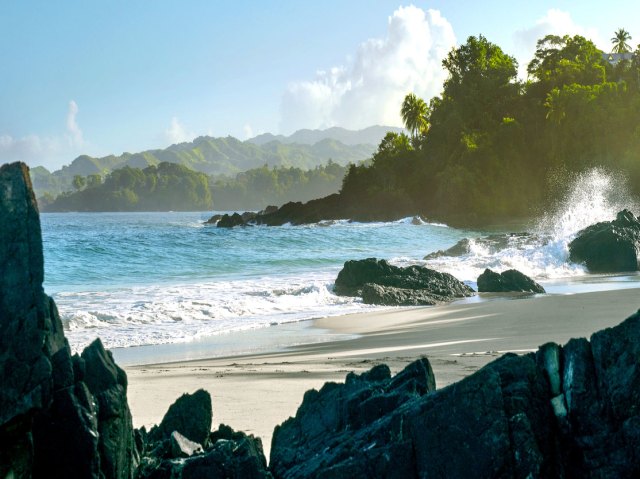
Total area: 1,980 square miles
The island nation of Trinidad and Tobago consists of two main islands, Trinidad and Tobago, plus 21 smaller islands. Trinidad is by far the largest and most populous island, covering 1,841 square miles and housing 96% of the country’s 1.5 million residents. Meanwhile, Tobago has an area of about 115 square miles.
Located about seven miles off the coast of Venezuela, the country is a popular choice for those looking for an off-season trip during the summer and fall, as it’s outside the Caribbean’s traditional hurricane belt. Trinidad and Tobago offers enticing beaches such as the popular Pigeon Point, along with mouthwatering fare like buss-up-shut (traditional paratha roti with crab which is ripped like a “busted up shirt”). Trinidad also hosts the Trinidad and Tobago Carnival in late February.
6. Puerto Rico
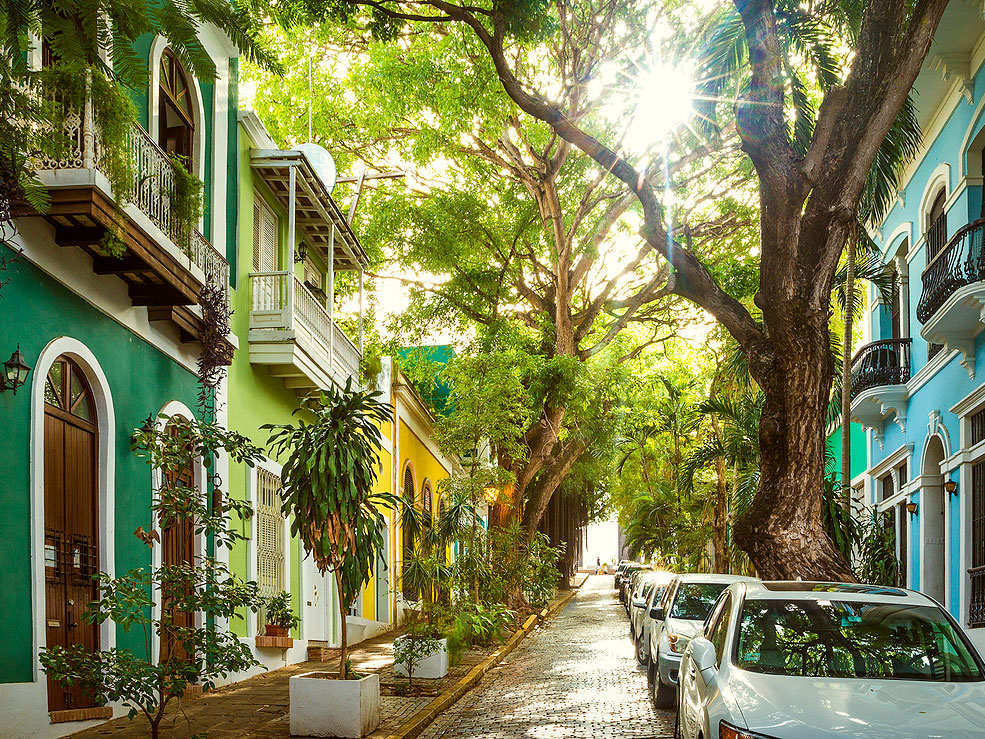
Total area: 3,425 square miles
A U.S. territory, the island of Puerto Rico is home to spectacular terrain with lush mountains and rainforests, waterfalls, and magnificent white sandy beaches. If Puerto Rico were a state, it would be the 29th-largest in the U.S. by area. The island territory is easy to visit for Americans, as there’s no passport required to enjoy the year-round sunshine and temperatures that hover around 80 degrees Fahrenheit.
Visitors can experience the island’s vibrant culture, go beach hopping with 270 miles of coastline, and explore the rich history of Old San Juan, the capital’s charming historic district lined with cobblestone streets and with colonial architecture. It is home to the San Juan Bautista Cathedral — the oldest church on U.S. soil, dating to 1521.
5. Jamaica

Total area: 4,243 square miles
One of the largest islands in the Caribbean Sea, Jamaica is located about 90 miles south of Cuba. Famous as the birthplace of jerk-style cooking and reggae music, Jamaica is one of the most-visited Caribbean islands, home to some of the region’s most famous beaches. Seven Mile Beach is the longest on the island and draws visitors with its unspoiled white sands and crystal-clear blue waters. The snorkeling and diving in Jamaica are world-class, with a wealth of colorful fish to discover, while the island interior is home to waterfalls with tranquil pools and the Martha Brae River for rafting trips.
4. The Bahamas
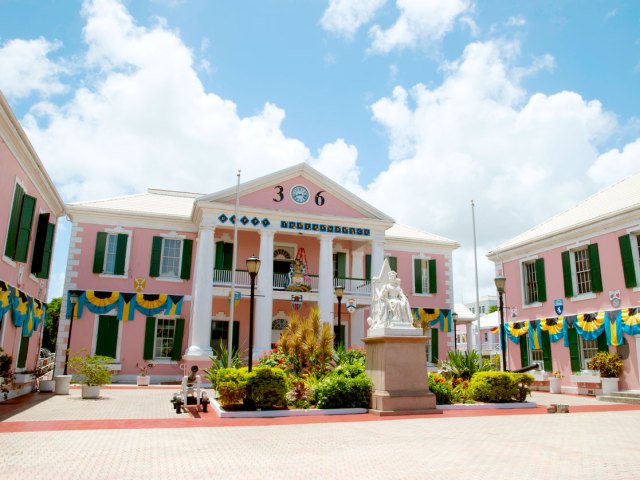
Total area: 5,358 square miles
Extending 760 miles from the southeast coast of Florida, the Bahamas is made up of 700 islands and over 2,400 cays. Roughly 30 of its islands are inhabited, with most of the country’s 412,000 residents living in the capital of Nassau on New Providence Island and Freeport on Grand Bahama Island.
Many visitors head here to enjoy one of the country’s famous beachfront resorts, like Atlantis on Paradise Island — a wonderland of azure pools with rare fish, a turtle cove, lagoons, and a water park with slides that wind through shark tanks. But there are also many quiet, remote islands to discover such as Cat Island — known for its excellent diving, ripsaw music, and a clear lake called Boiling Hole. It’s the site of a legendary sea monster that is said to cause the lake’s mysterious bubbles and burps.
3. Haiti

Total area: 10,641 square miles
Haiti, the third-largest nation in the Caribbean, covers the western third of the island of Hispaniola, which the country shares with the Dominican Republic. The entire island covers 29,418 square miles, making it the second-largest island in the Caribbean and one of only two islands to be divided politically between two countries (the other being St. Martin). Haiti is one of the most populated countries in the region, home to nearly 11.8 million people. While the island is home to remarkable natural beauty, it unfortunately remains one of the poorest countries in the Western Hemisphere and under the grip of violence and political instability.
2. Dominican Republic
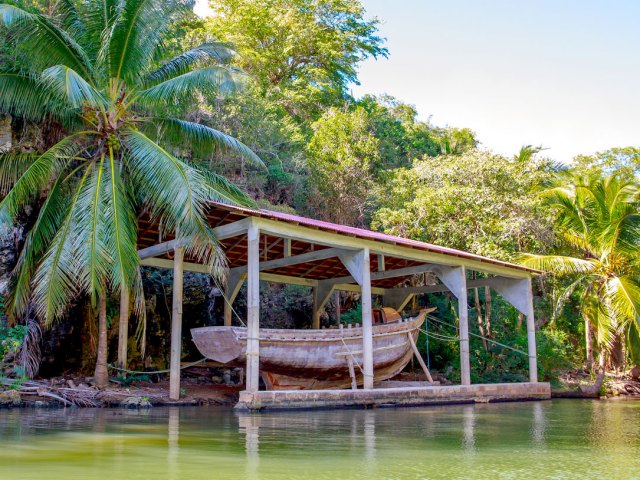
Total area: 18,792 square miles
The Caribbean’s second-largest island nation by area, the Dominican Republic covers the other 18,792 square miles of Hispaniola. Its capital is Santo Domingo, one of the Caribbean’s oldest cities, established in 1496. With its large size and diverse terrain, the Dominican Republic offers everything from mountains and beaches to rivers, waterfalls, lakes, and numerous waterfalls.
The Dominican Republic is the most-visited Caribbean country, attracting nearly 5 million tourists in 2021. Parque Nacional del Este (Eastern National Park) is one of the region’s largest marine parks, offering the opportunity to observe sea turtles, bottlenose dolphins, manatees, and an abundance of tropical fish. In the winter, humpback whales can also be spotted in Samana Bay.
1. Cuba
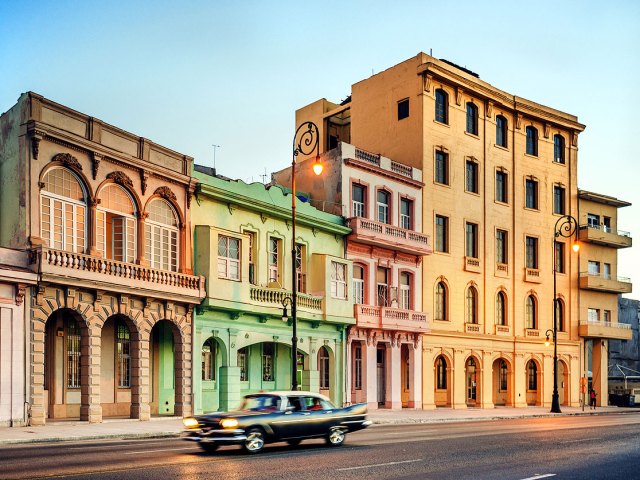
Total area: 42,426 square miles
Located in the northern Caribbean Sea where the Atlantic Ocean and the Gulf of Mexico meet, Cuba is both the largest country and the biggest island in the Caribbean. It is the region’s second-most populous country after Haiti, home to 11.2 million people. Americans can travel here independently as long as their visit falls under one of 12 categories designated by the U.S. government. Most visitors do so under the Support for the Cuban People category, which requires a schedule of activities directly supporting private Cuban individuals and businesses.
While in Cuba, you might take a sightseeing tour of Havana in a vintage vehicle, taking in the grand architecture and historic squares from a classic 1950s automobile. Visitors can also sample the eclectic street food (a mix of Caribbean, Spanish and African cuisine), explore the island’s rich history, and spend time on its pristine white sandy beaches.
More from our network
Daily Passport is part of Optimism, which publishes content that uplifts, informs, and inspires.






